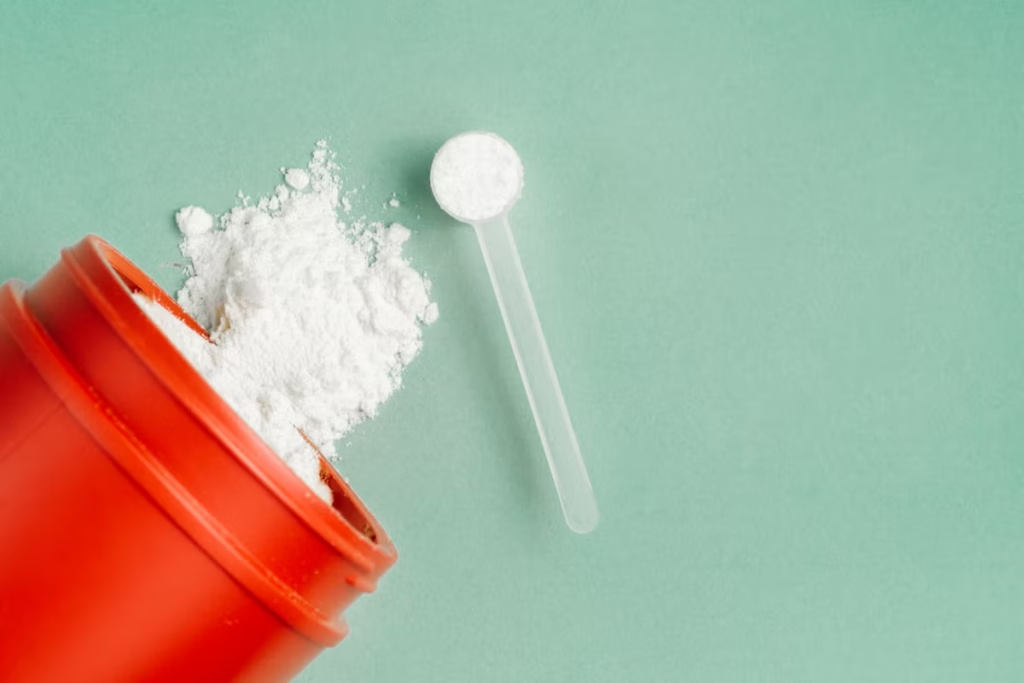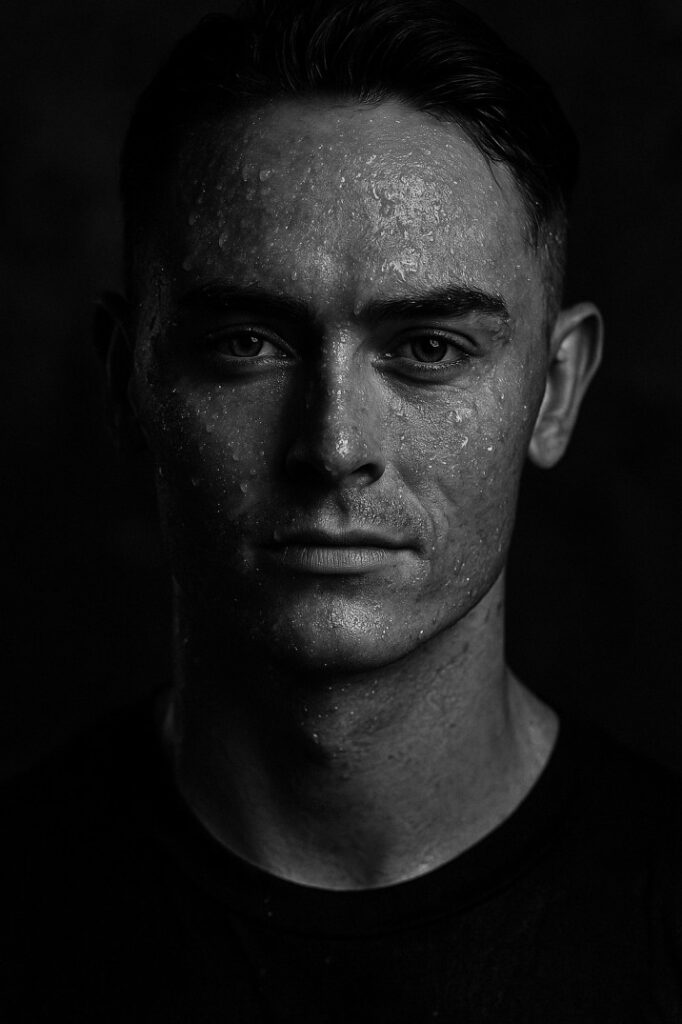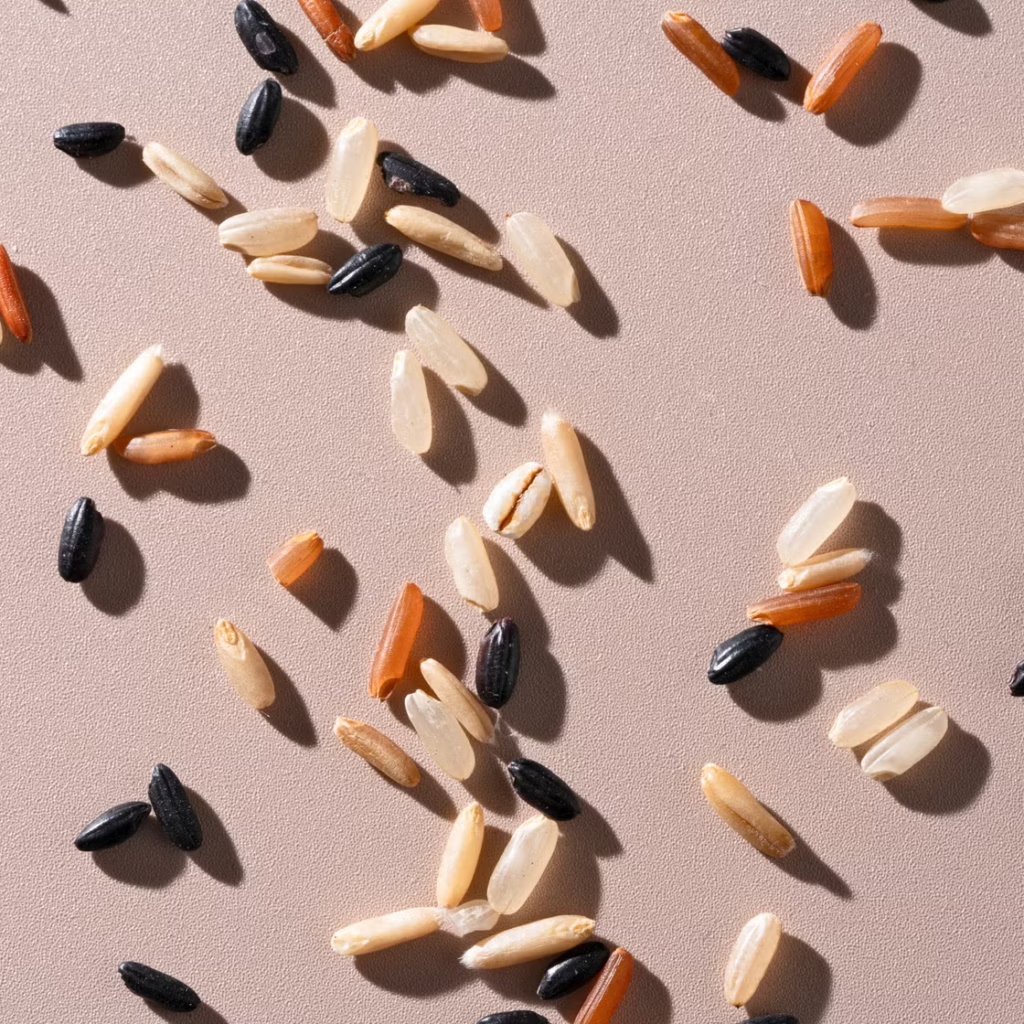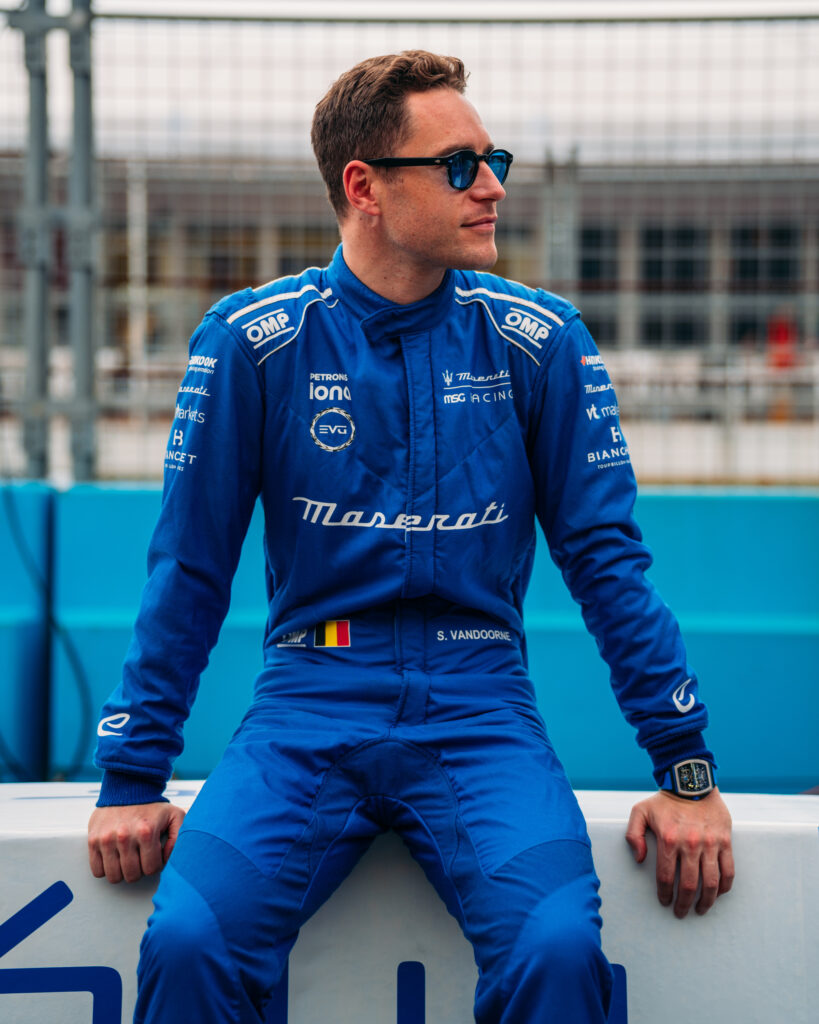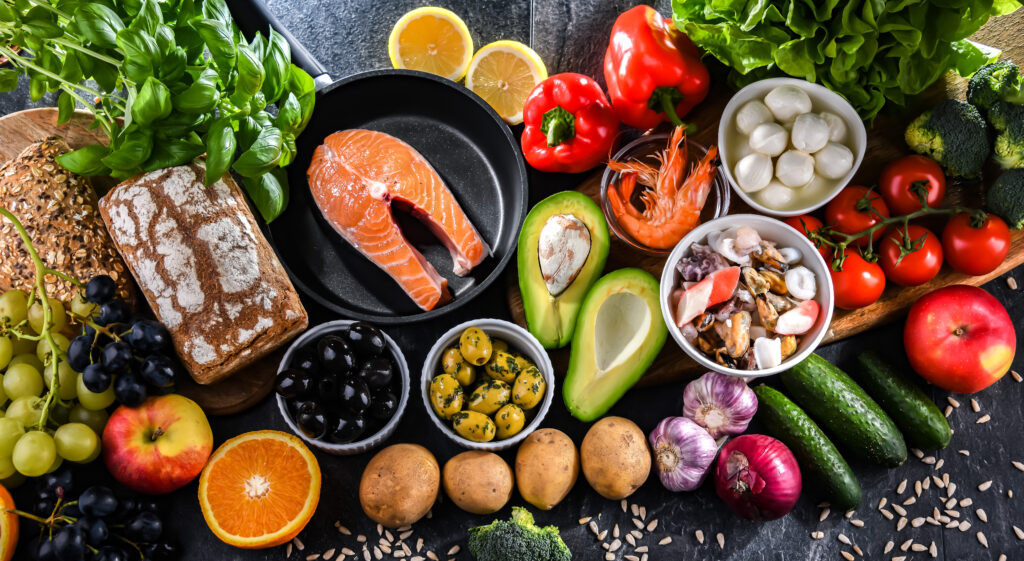THERE AREN’T MANY activities more strenuous than sitting behind the wheel of a high-powered Formula 1 car for a few hours. On the track, the cars can reach a peak speed of around 375km/h. When braking and turning through high-speed corners, drivers experience a force equivalent to six times their bodyweight. And throughout the course of a race, they burn more than 1000 calories and shed 2-3kg.
And yet, that’s what Oscar Piastri does, 24 times a year, every month from March to December. Not only does he do it, he does it well. After a promising rookie season in 2023, Piastri proved he has what it takes to be a future world champion in his sophomore year, winning his first F1 race at the Hungarian Grand Prix and second in Azerbaijan on his way to a fourth-placed finish in the driver’s championship, while helping McLaren to its first constructor’s championship since 1998.
For all his natural talent and notably stringent work ethic, Piastri didn’t reach this level of performance on his own. He has a team of experts behind him pushing him to constantly improve and perform at his best. In the past, we’ve sat down with Piastri’s performance coach for an insight into the driver’s training routine, but more recently we spoke with his personal physio and nutritionist to understand the other sides of his fitness routine.
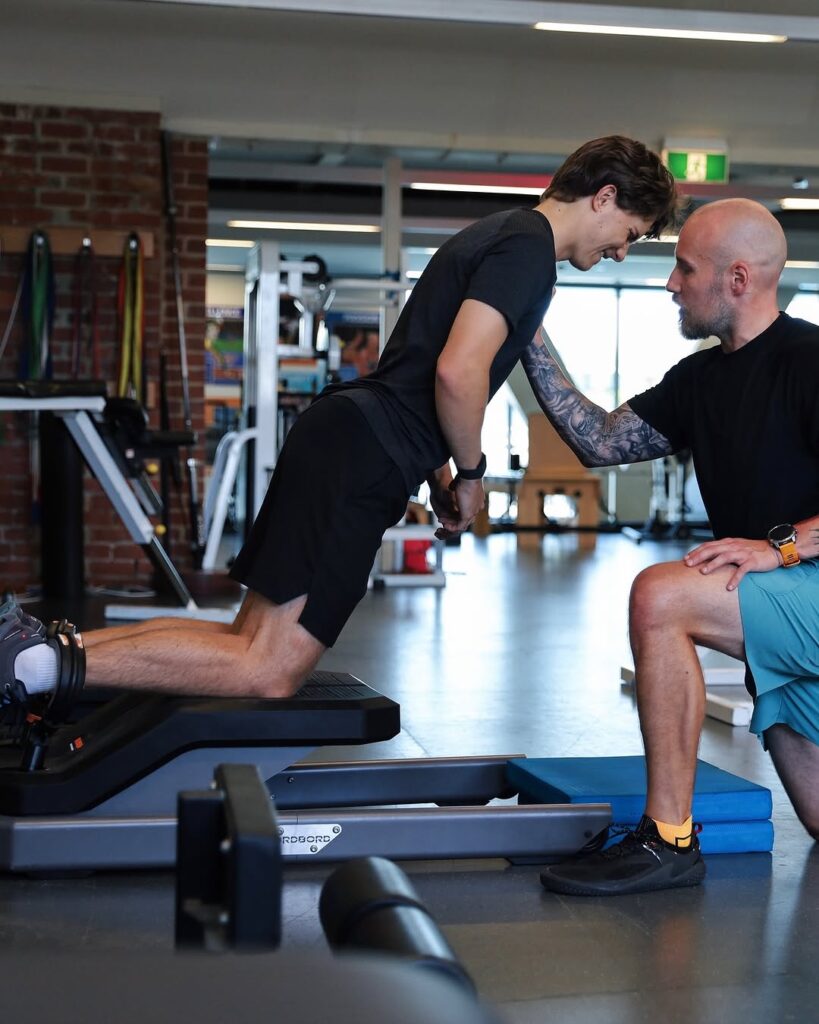
How Oscar Piastri recovers after a race
According to Piastri’s physio, Artturi Similia, preparing Piastri for race day is a round-the-clock effort. “The demands on the driver are so high in terms of G-forces, cockpit temperature and endurance as well as mental concentration during a race that it’s imperative that Oscar is as prepared as possible,” Similia says.
“For that reason, he undergoes a lot of cardio and strength training in the off-season to ensure that he’s ready for the season ahead,” Similia continues. “The goal is to ensure that he’s in great shape and can have complete focus on his driving at a race weekend.”
Throughout the course of a race, Piastri is under constant strain. The cockpit can reach extremely high temperatures which, when combined with muscular strain, can cause drivers to lose up to three kilograms during a race. This means effective recovery techniques are of paramount importance.
For Piastri, recovery begins with rehydrating. “He will usually take on some fluids once he has passed through parc fermé to rehydrate; he’ll often have a recovery shake to replenish his body,” says Similia. Ice baths are also a fixture in his post-race routine. “In the particularly hot and humid climates like Singapore, he’ll jump in the ice bath as soon as he can to bring his core temperature down.”
A quick post-race meal is also on the schedule, followed by a debrief session with the engineering team and a full cool-down and recovery session with Similia.
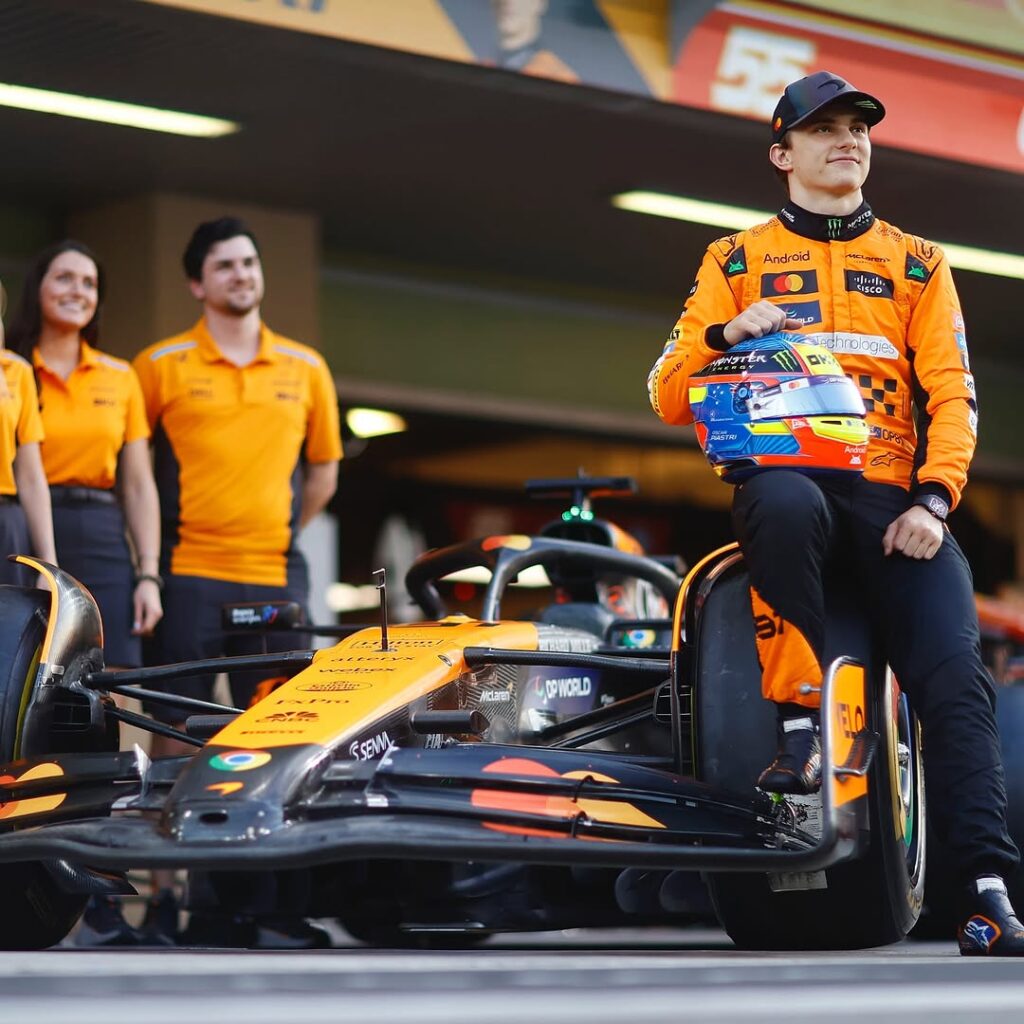
What Oscar Piastri eats in a day
Piastri takes a multi-faceted approach to his diet. He needs to have the requisite muscle to withstand the challenge of being in the car and the fuel to do it for an extended period, but he also needs to stay relatively lightweight, as F1 cars are so light that any extra weight can slow them down.
Balance, then, is key to Piastri’s diet, according to his nutritionist Dan Martin. “It’s a balance between providing fuel for the body to allow him to perform, aiding muscle repair to ensure that he recovers in between back-to-back races and triple headers while also monitoring his weight, which is a key factor in performance,” he says. “None of those are mutually exclusive and so, we have to keep on top of all of those factors throughout the season.”
What Piastri eats on any given day depends on his schedule. If it’s a training or recovery day, his caloric intake will be slightly higher. If it’s race day, he goes for lighter meals that are high in protein, to ensure he has enough energy but isn’t feeling too heavy.
“For race days or long testing days in the car, the main preparation nutritionally is actually the day beforehand rather than the day itself to ensure we don’t make him feel too full or sluggish,” Martin says. “In general, before a race, his diet will include a breakfast like porridge, high in carbohydrates, and a light pre-race meal which is easy to digest. His last meal before he gets in the car is actually pretty light, topping up carbohydrate stores with moderate protein levels to ensure no digestion issues while he’s driving. Foods that are ‘white’ is an easy way to think of it, white meat or fish with white carbohydrates such as white pasta or basmati rice.”
After a race, Piastri’s focus transitions to muscle recovery, so Martin will suggest another meal that combines high protein and high amounts of carbohydrates to support muscle repair, but he’ll also look for something with anti-inflammatory benefits. “When Oscar is recovering from a race, he’s more likely to eat red meats and place a higher emphasis on dark coloured fruits and berries high in anti-inflammatory properties,” Martin says.
Fortunately for Piastri, who has just struck up a partnership with Grill’d, healthy burgers also figure into his diet. “Yes, there are times where something like a burger is on the menu,” Martin says. “Grill’d burgers are high in protein, something we try and achieve at pretty much every meal.”
As part of his partnership with Grill’d, Piastri has created his own signature burger. The ‘Oscar Piastri Burger’ features a Wagyu beef patty on a charcoal bun with papaya sesame seeds, chipotle mayo, crispy bacon, aged cheddar, shredded carrot, cos lettuce and Spanish onion. It’s high in protein and essential nutrients, but low in sugar. Exactly what you need if you’re driving an F1 car, or just spectating like the rest of us.
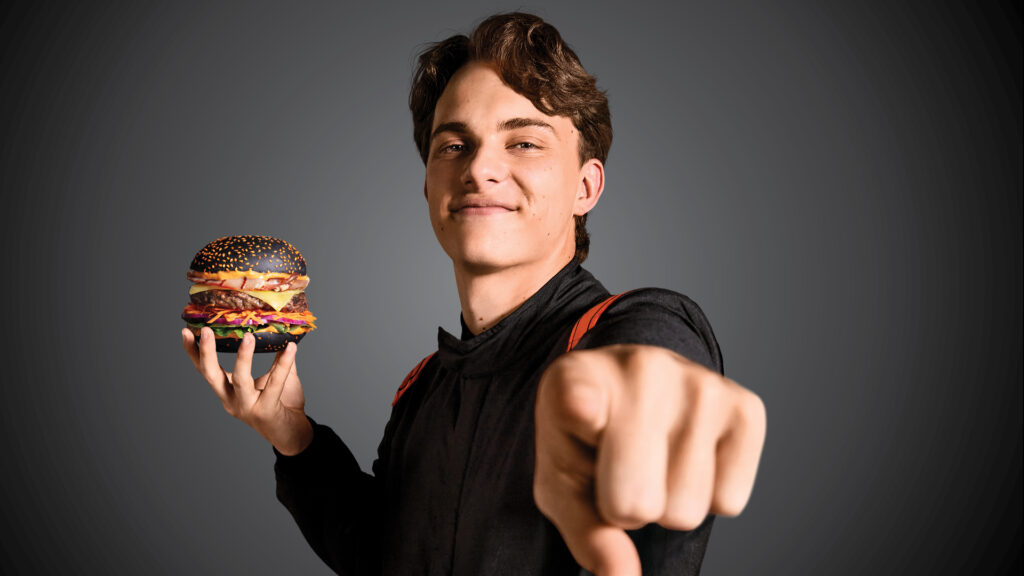
The limited edition Oscar Piastri burger is available at all Grill’d locations or for delivery right now, while stocks last, and will be on sale until March 31st.
Related:
Oscar Piastri’s performance coach reveals how F1 drivers stay fit
F1 future spotlight: the young drivers primed to take over the grid








